2,3,4,5-TETRACHLOROPHENOL
- CAS NO.:4901-51-3
- Empirical Formula: C6H2Cl4O
- Molecular Weight: 231.89
- MDL number: MFCD00053449
- EINECS: 225-531-7
- SAFETY DATA SHEET (SDS)
- Update Date: 2024-12-18 14:08:57

What is 2,3,4,5-TETRACHLOROPHENOL?
The Uses of 2,3,4,5-TETRACHLOROPHENOL
2,3,4,5-Tetrachlorophenol is a halogenated phenol found in textiles and leather products.
Definition
ChEBI: A tetrachlorophenol in which the chlorines are located at positions 2, 3, 4, and 5.
General Description
Needles (from petroleum ether, ligroin) or beige solid.
Air & Water Reactions
Insoluble in water.
Reactivity Profile
2,3,4,5-TETRACHLOROPHENOL is incompatible with acid chlorides, acid anhydrides and oxidizing agents .
Fire Hazard
Flash point data for 2,3,4,5-TETRACHLOROPHENOL are not available. 2,3,4,5-TETRACHLOROPHENOL is probably combustible.
Purification Methods
Crystallise the phenol from pet ether. The benzoate has m 110o (from EtOH). [Beilstein 6 II 182, 6 III 729, 6 IV 1020.]
Properties of 2,3,4,5-TETRACHLOROPHENOL
| Melting point: | 117℃ |
| Boiling point: | 331.59°C (rough estimate) |
| Density | 1.7544 (rough estimate) |
| refractive index | 1.5133 (estimate) |
| Flash point: | 4 °C |
| storage temp. | APPROX 4°C
|
| solubility | DMF: 30 mg/ml,DMSO: 15 mg/ml,Ethanol: 30 mg/ml,Ethanol:PBS (pH 7.2) (1:3): 0.25 mg/ml |
| pka | 6.15±0.28(Predicted) |
| form | neat |
| Water Solubility | 166mg/L(25 ºC) |
| BRN | 2049590 |
| EPA Substance Registry System | 2,3,4,5-Tetrachlorophenol (4901-51-3) |
Safety information for 2,3,4,5-TETRACHLOROPHENOL
| Signal word | Danger |
| Pictogram(s) |
 Corrosion Corrosives GHS05  Skull and Crossbones Acute Toxicity GHS06  Environment GHS09 |
| GHS Hazard Statements |
H301:Acute toxicity,oral H315:Skin corrosion/irritation H318:Serious eye damage/eye irritation H335:Specific target organ toxicity, single exposure;Respiratory tract irritation H410:Hazardous to the aquatic environment, long-term hazard |
| Precautionary Statement Codes |
P261:Avoid breathing dust/fume/gas/mist/vapours/spray. P273:Avoid release to the environment. P280:Wear protective gloves/protective clothing/eye protection/face protection. P301+P310:IF SWALLOWED: Immediately call a POISON CENTER or doctor/physician. P302+P352:IF ON SKIN: wash with plenty of soap and water. P305+P351+P338:IF IN EYES: Rinse cautiously with water for several minutes. Remove contact lenses, if present and easy to do. Continuerinsing. |
Computed Descriptors for 2,3,4,5-TETRACHLOROPHENOL
New Products
Tert-butyl bis(2-chloroethyl)carbamate (S)-3-Aminobutanenitrile hydrochloride N-Boc-D-alaninol N-BOC-D/L-ALANINOL 3-(2,4-Dimethoxybenzyl)dihydropyrimidine-2,4(1H,3H)-dione 7-Bromo-1H-indazole N-octanoyl benzotriazole 3,4-Dibenzyloxybenzaldehyde 4-Hydrazinobenzoic acid Electrolytic Iron Powder Fmoc-Val-Cit-PAB 1,1’-CARBONYLDIIMIDAZOLE R-2-BENZYLOXY PROPIONIC ACID 4-HYDROXY BENZYL ALCOHOL 1,1’-CARBONYLDI (1,2-4 TRIAZOLE) S-2-CHLORO PROPIONIC ACID (2-Hydroxyphenyl)acetonitrile 4-Bromopyrazole 5-BROMO-2CYANO PYRIDINE 5,6-Dimethoxyindanone 5-broMo-2-chloro-N-cyclopentylpyriMidin-4-aMine 1-(4-Methylphenylsulfonyl)-1H-1,2,3-benzotriazole 1-(2-Chlorobenzyl)-4-nitro-1H-pyrazole 1-(2-Nitrophenyl)-4-phenylpiperazineRelated products of tetrahydrofuran

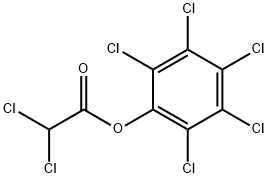
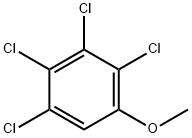
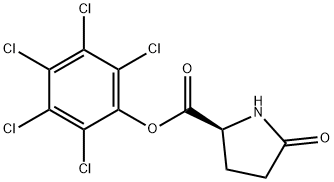
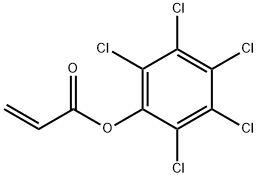
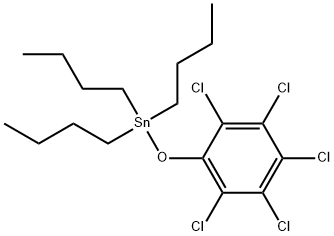

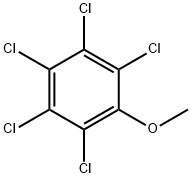
You may like
-
 2,3,4,5-Tetrachlorophenol CAS 4901-51-3View Details
2,3,4,5-Tetrachlorophenol CAS 4901-51-3View Details
4901-51-3 -
 55441-95-7 2 2-BIS(2-HYDROXYETHOXY)-1 1-BINAPHTHYL 99%View Details
55441-95-7 2 2-BIS(2-HYDROXYETHOXY)-1 1-BINAPHTHYL 99%View Details
55441-95-7 -
 Ste-Glu-AEEA-AEEA-OSUView Details
Ste-Glu-AEEA-AEEA-OSUView Details
1169630-40-3 -
 1446013-08-6 Fmoc-His-Aib-OH TFA 98%View Details
1446013-08-6 Fmoc-His-Aib-OH TFA 98%View Details
1446013-08-6 -
 127464-43-1 99%View Details
127464-43-1 99%View Details
127464-43-1 -
 Chloro Uracil 99%View Details
Chloro Uracil 99%View Details
1820-81-1 -
 2-ETHYLPYRIDINE 100-71-0 99%View Details
2-ETHYLPYRIDINE 100-71-0 99%View Details
100-71-0 -
 13162-05-5 99%View Details
13162-05-5 99%View Details
13162-05-5
Statement: All products displayed on this website are only used for non medical purposes such as industrial applications or scientific research, and cannot be used for clinical diagnosis or treatment of humans or animals. They are not medicinal or edible.